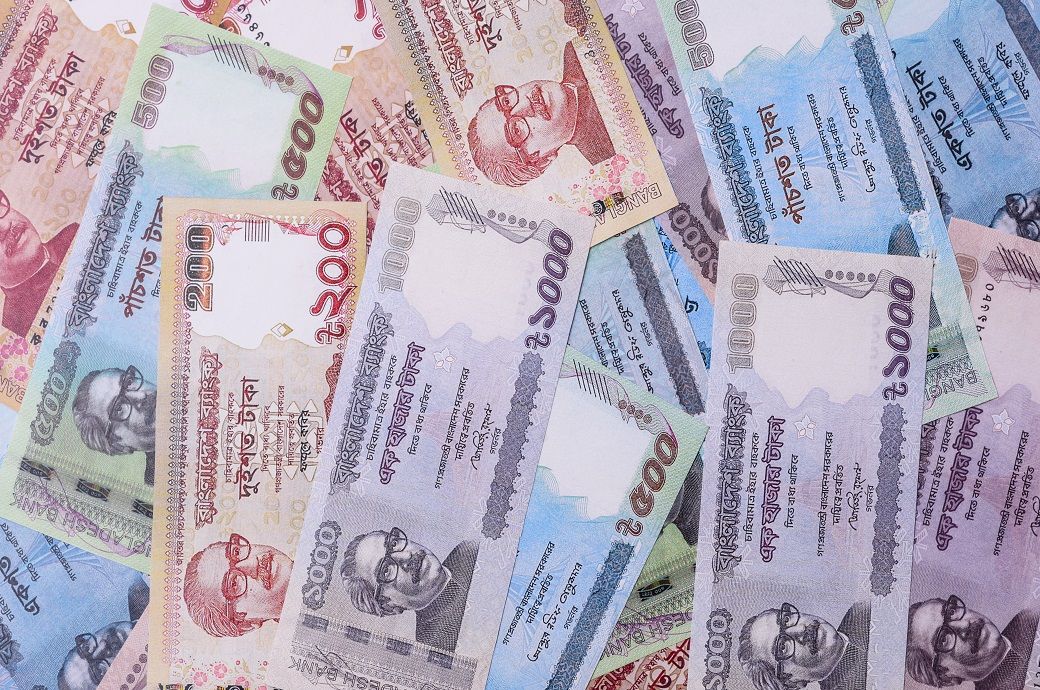
The decision is aimed at simplifying foreign exchange management and streamlining transactions for these businesses.
In a circular, the central bank said that type B and type C factories within these zones can now hold their export earnings in a foreign currency account until their back-to-back import liabilities are settled.
The foreign currency can be divided into two portions: one for back-to-back import payments and another for the value addition portion of local production.
The local value addition portion can be held as dollars for a maximum of 30 days. If the funds are not spent within this period, they can be transferred to another bank to cover the company's import liabilities, according to domestic media reports.
After 30 days, any unused dollars must be converted into taka. The balance—after converting a fifth of total export earnings (or a quarter for the garment sector)—can be held in the exporter's foreign currency account.
Exporters not using the back-to-back letter of credit facility can also hold dollars for up to 30 days for essential expenses. Any unused foreign currency must be converted into taka after this period.
The decision is expected to create a level-playing field between exporters in specialised and general zones.
ALCHEMPro News Desk (DS)
Receive daily prices and market insights straight to your inbox. Subscribe to AlchemPro Weekly!